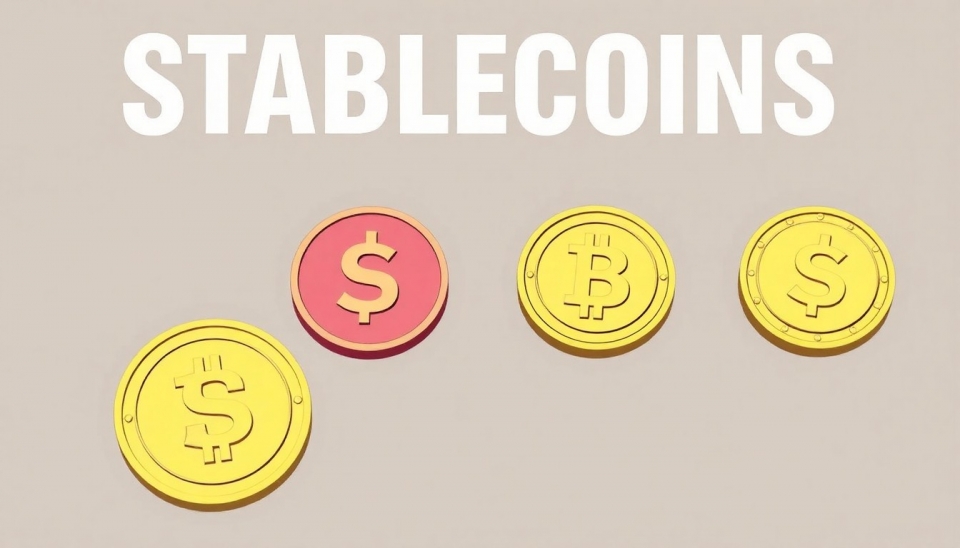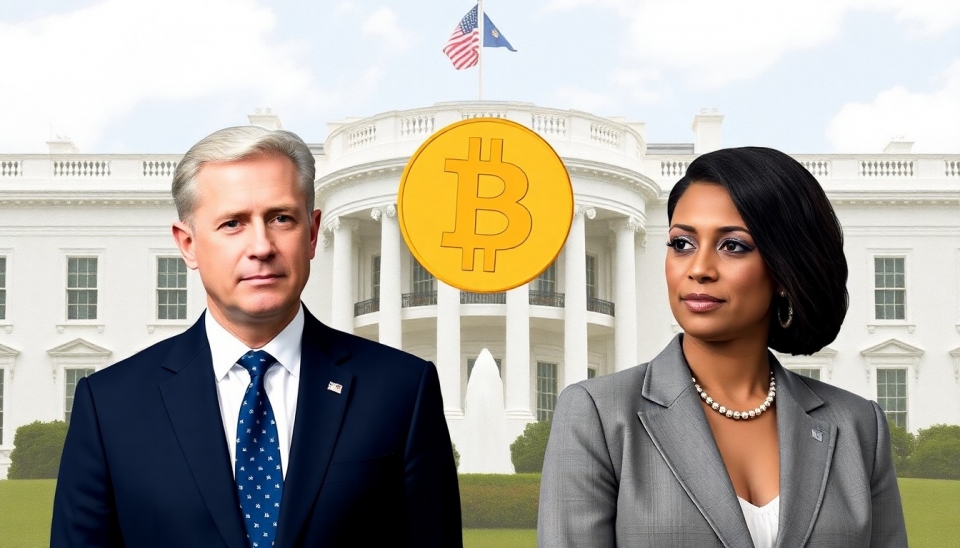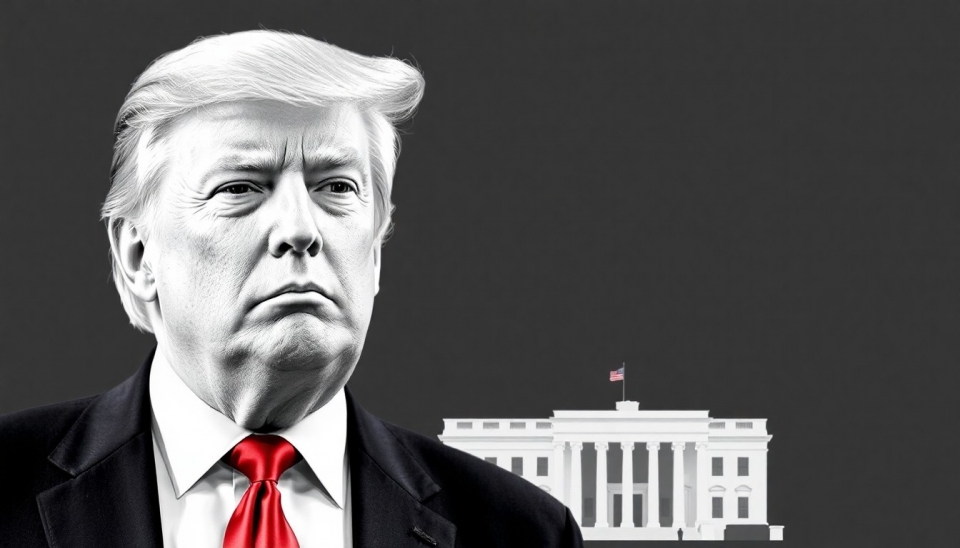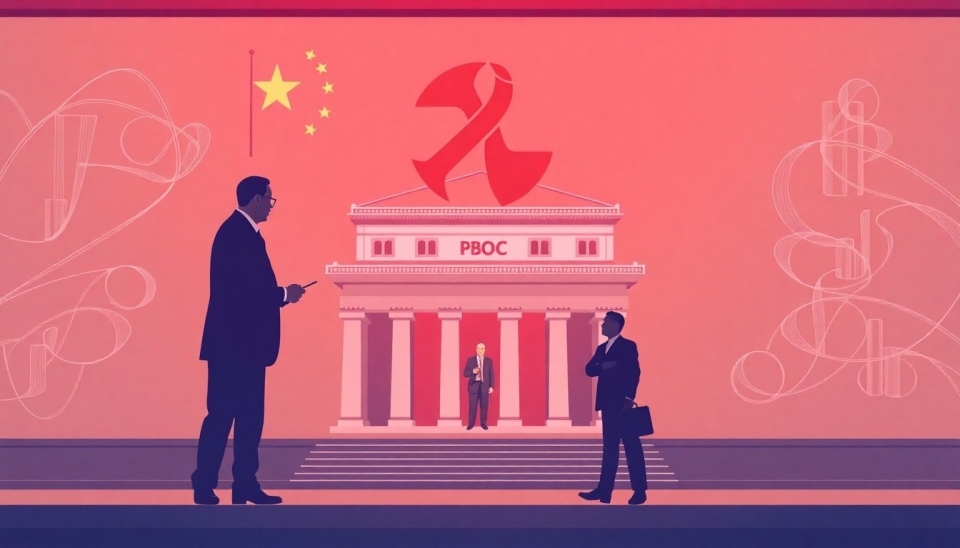
Understanding Stablecoins: Functionality, Regulation, and Growing Concerns
In recent years, stablecoins have gained significant traction within the cryptocurrency landscape, becoming a vital element of the digital finance ecosystem. These digital currencies, pegged to traditional fiat currencies or commodities, are designed to impart price stability and facilitate transactions within decentralized finance (DeFi) and cryptocurrency markets. However, just as their popularity surges, so too do regulatory concerns regarding this innovative financial instrument.
Continue reading
ECB’s Lane Advocates for Digital Euro to Counter Stablecoin Threats
In a significant statement reflecting the evolving landscape of digital finance, European Central Bank (ECB) Chief Economist Philip Lane voiced strong support for the adoption of a digital euro. Speaking at a recent conference, Lane emphasized that creating a European digital currency is essential to mitigate the growing risks posed by stablecoins, particularly as their popularity and usage increase rapidly.
Continue reading
Crypto Executives Engage with White House Amid U.S. Bitcoin Reserve Uncertainties
In a pivotal moment for the cryptocurrency landscape, key executives from leading blockchain companies have converged on the White House to engage in discussions centered on the future of Bitcoin and U.S. monetary policy. This high-stakes meeting comes at a time when there are heightened concerns over the establishment of a potential U.S. Bitcoin reserve—an initiative that could reshape the nation’s approach to digital currencies.
Continue reading
Central Banks Connect with Gen Z: A New Era of Communication Through Social Media
In an innovative shift towards modern communication, central banks around the globe are harnessing the power of social media to engage with the increasingly influential Gen Z demographic. This strategy highlights the importance of reaching a younger audience that is both tech-savvy and frequently relies on platforms like Instagram, TikTok, and Twitter for information. As narratives around financial literacy and monetary policies evolve, these institutions are adapting their approaches to ensure they remain relevant in the digital age.
Continue reading
Impact of AI on Monetary Policy: Fed's Jefferson Discusses Market Implications
Federal Reserve Governor Philip Jefferson recently shed light on the evolving relationship between artificial intelligence (AI) and the central bank's ability to influence asset prices through monetary policy. Jefferson, in a crucial discussion, emphasized that advancements in AI technology significantly accelerate the transmission of policy changes into the financial markets. This linkage between AI and monetary policy is composing a new landscape for both policymakers and investors alike.
Continue reading
Trump’s Policies and AI Developments: The Economic Factors That Matter More Than the Fed
In the current economic landscape, the influence of former President Donald Trump’s policies and advancements in artificial intelligence (AI) appear to be reshaping the financial narrative more significantly than the actions of the Federal Reserve. As inflation continues to be a pressing concern, the intersection of these factors is capturing the attention of economists and investors alike.
Continue reading
Growing Opposition to BIS Innovation Hub Signals Central Bank Concerns
In an emerging response to the burgeoning influence of the Bank for International Settlements (BIS) Innovation Hub, central banks globally are voicing their discontent. The BIS, often referred to as the "central bank for central banks," has been ramping up its efforts to spearhead innovations in financial technology and digital currency through its dedicated hub. However, a significant faction within the global central banking community is starting to question the implications of this push for innovation.
Continue reading
China's PBOC Amplifies Commitment to Boosting Innovation and Consumer Spending
The People's Bank of China (PBOC) has recently reinforced its commitment to nurturing innovation and enhancing consumer spending within the nation, aiming to bolster economic resilience in 2025. This strategic shift comes amid ongoing economic challenges, reflecting a proactive approach to achieving a balanced recovery.
Continue reading